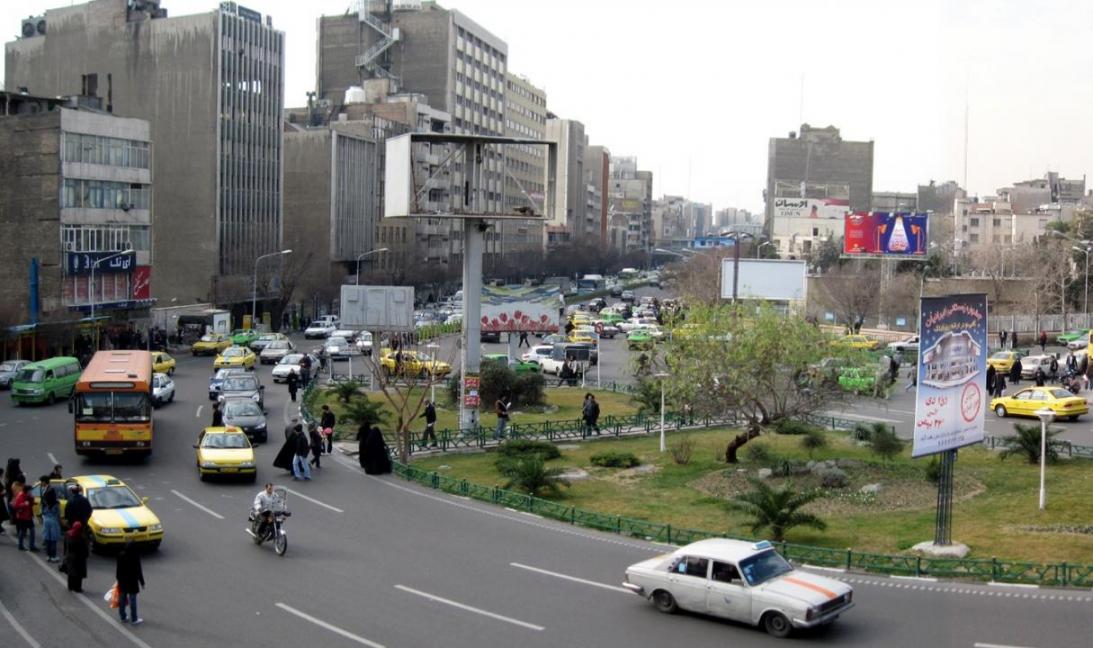The even-odd traffic plan to combat air pollution in Tehran was discussed at the recent meeting of the Supreme Council of Traffic and serious doubts were raised about its efficacy, said Houshang Khandandel, council head.
“Several reports prepared by our experts questioned the effectiveness of the plan which is currently in force. New strategies should be devised to improve the situation,” he said.
Many families own more than one car with odd or even-numbered plates, so they are able to use their vehicles every day of the week.
In many cases also, it is seen that motorists cleverly cover or block from the view of electronic cameras the number plates when passing through restricted zones. Many drivers don’t even adhere to the rules and are prepared to pay the $6 penalty. Nearly 15,000 violations occur daily.
“New strategies will be presented soon and a decision will be taken on the even-odd plan by the end of summer,” Khabaronline quoted him as saying.
The plan was introduced a decade ago in some parts of Tehran to reduce air pollution and covered 15% of the city area. But it failed to improve air quality or address the problem of air pollution.
Tehran is one of the most polluted cities in the world, with an estimated 200 carcinogens in the air.
Other reports presented at the meeting pointed out that despite effective traffic measures taken to reduce road fatalities in and outside the city, the rate of road deaths is still high.
Last year, 4500 people lost their lives in urban road accidents. The figure, less than the previous year, is still high.


